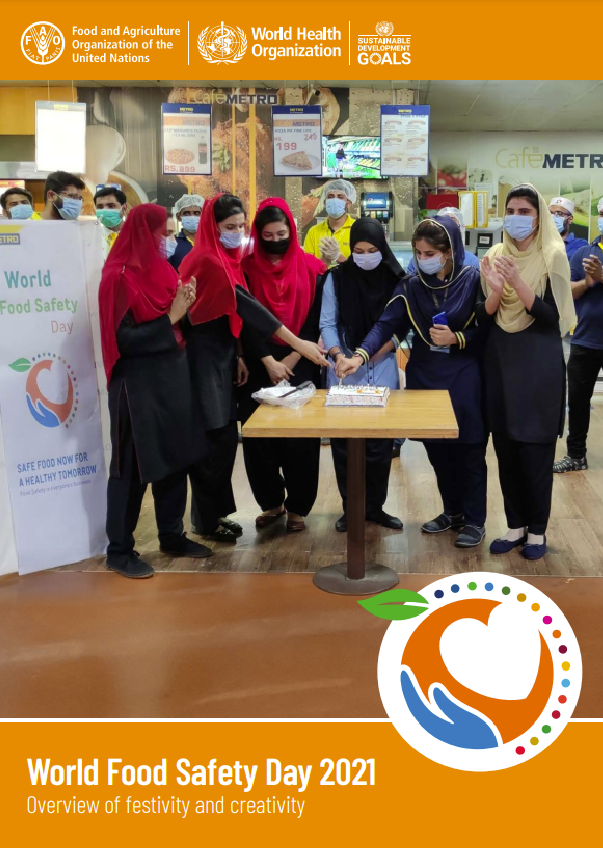Human Resources in the Food Services and Hospitality Industry is one of a series of Culinary Arts open textbooks developed to support the training of students and apprentices in British Columbia’s foodservice and hospitality industry. Although created with the Professional Cook, Baker and Meatcutter programs in mind, these have been designed as a modular series, and therefore can be used to support a wide variety of programs that offer training in foodservice skills.
Human resources managers, especially within the tourism industry, are currently facing some major issues. The continued growth in tourism in British Columbia, and the impacts of that growth on the workforce, are outlined in the 2012 Tourism Labour Markey Strategy (TLMS) prepared by go2HR, BC’s Tourism Human Resource organization. For more information on go2HR and the TLMS, visit the go2HR website.
One major issue is the expected tourism labour shortages over the 10-year period of 2012-2022, especially for cooks and chefs (go2HR, 2012). When tourism operators are unable to find enough staff, they typically react by either cutting back on services for visitors or working longer hours themselves. Service cutbacks can result in lower visitor satisfaction, fewer repeat visits, and a decline in positive word-of-mouth advertising. Working longer hours might keep visitors happy, but doing so can leave operators exhausted, stressed, and questioning their career choice. As well, customers may be less satisfied if workers are too tired to provide efficient, friendly service or if the quality of the food is not up to standard due to a shortage of kitchen staff.
Another issue currently facing human resources managers today is the changing demographics of the labour force in British Columbia. Tourism has historically relied heavily on young people to fill positions in the industry, but Canadian-born youth are declining in proportion to other sources of labour. As noted in the report British Columbia 2022 Labour Market Outlook, “Given the aging population challenge facing B.C. and the decreasing number of new entrants to the labour market over the forecast period, B.C. will rely more on migrants as a source of new labour supply. Migrants to B.C. that arrive during the forecast period are expected to fill one-third of the total projected job openings in the province to 2022” (WorkBC, n.d.). These trends indicate that tourism operators will increasingly need to tap into the labour supply represented by migrants (including migrant youth), older workers, and other non-traditional labour sources in order to find the workers they need.
Human resources planning is an essential function that, if done properly, can result in the increased effectiveness, efficiency, and profitability of your business. The planning process aims to look ahead and forecast future HR requirements and determine how the different HR functions will be employed to ensure sufficient human resources are available.
The first and most important step in the planning process is understanding the needs of your business. To do this, you must identify your business’s values, mission, goals, and objectives and aim to align your plans with these. The mission and values are the foundation of what you are trying to achieve, and they provide direction for decision making and problem solving. The goals and objectives should have both a short- and long-term perspective. Short-term goals and objectives are usually established annually and support your business to achieve the long-term goals.
Whether you manage a small breakfast café or operate a 200-seat high-volume restaurant, you need the right employees with the right combination of attitude, skills, knowledge, and abilities for your business. The right employees will complement your existing business culture and positively impact your bottom line. This is another example of how the needs of your business provide direction for decision making, as the business culture is a product of the business’s values and mission.











